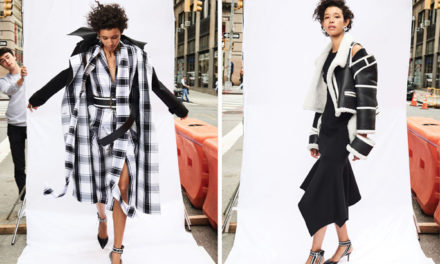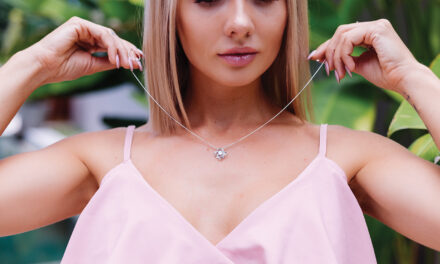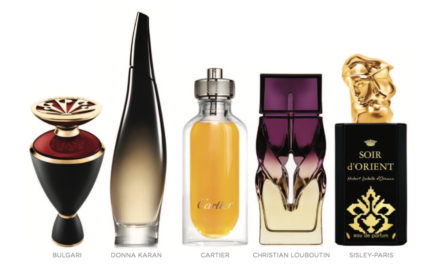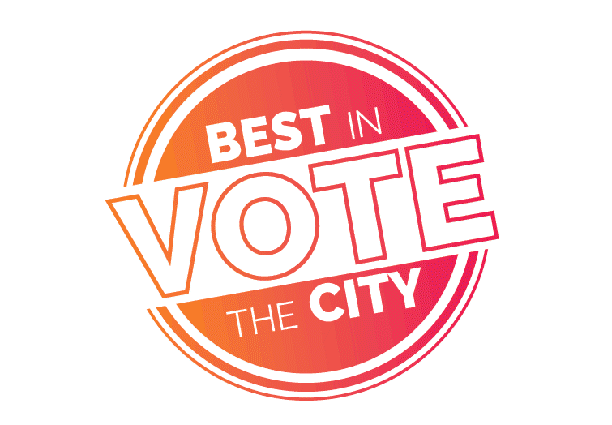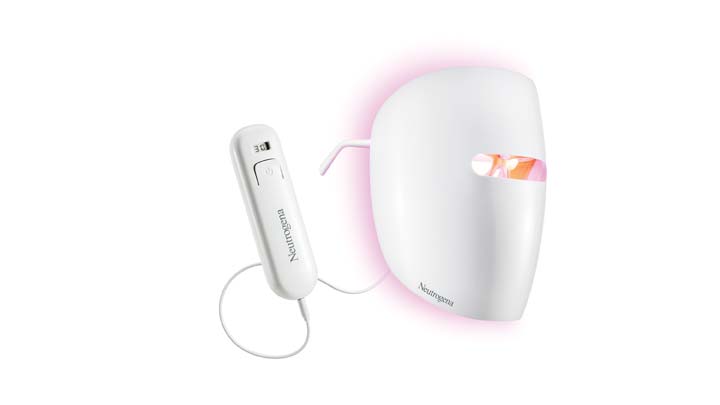
Millions of Americans suffer from acne every year — 60 million to be exact — each person with a different story and different treatment plan. We spend billions of dollars annually at the dermatologist, being prescribed one topical treatment and pill after the other, each with a worse side effect than the last.
Ever since new restrictions were put into place on the use of acne treatments such as Accutane and Retin-A, light therapy for treating acne has become extremely popular. One reason for this is that acne light therapy is much safer; there is a limited fear of side effects that researchers have seen with drugs such as Accutane (having linked it to inflammatory bowel disease, depression, and increased rates of suicide). It also avoids the drying and irritation many topical acne treatments like benzoyl peroxide and salicylic acid leave behind. Dermatologists have been conducting light treatments for years, but the Food and Drug Administration only recently approved some light treatment devices for consumers that can be used at home.
So how does it work? In general, light therapy eliminates bacteria and shrinks oil-producing glands by using red and blue LED lights. The red light is used to penetrate into the deep layers of skin, shrinking the oil-producing glands that live there. The blue light eliminates acne-causing bacteria in the more superficial layers of skin. These red and blue lights are also found in sunlight, which is why many people experience better skin in the summer months when they’re exposed to more of it. These lights are best at reducing inflammation but show little effect on severe cases of acne or acne involving cysts, blackheads, whiteheads, or nodules. Because light treatments aren’t successful at getting rid of all acne, it works best when used in conjunction with a topical acne treatment.
Though the at-home light therapy option is cheaper, it may not be quite as effective, according to many dermatologists. The cheapest options are with Neutrogena, who has come out with two light therapy treatments. The first is their Light Therapy Acne Mask which retails for around $30. The next is their Light Therapy Acne Spot Treatment which retails for a little over $15. The reviews are mixed, but the general consensus is that to see results, you need to use it along with a topical treatment, and the results show best when the acne is mild. Some other popular at-home treatments are LightStim for Acne ($169) and Trophy Skin BlueMD ($125).
The therapy received at dermatologist offices differ from that of at-home treatments due to the strength of the LED lights used and the area of coverage it offers, usually shining onto your face as well as neck and chest. Prices vary but typically add up due to the weekly or twice weekly visits for treatment patients endure. The upside is that they have shown more promising results than at-home treatments.
The only downside to light therapy is the money spent if it doesn’t work, which to be fair, goes for any acne treatment. If you’re stuck on how to get rid of your acne, give light therapy a try, you may be in for a happy surprise.
Always consult with your dermatologist before starting a new acne regimen.


